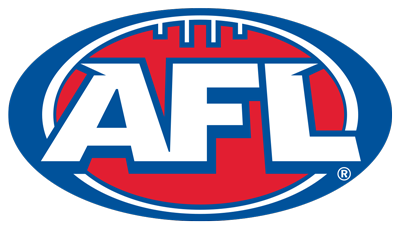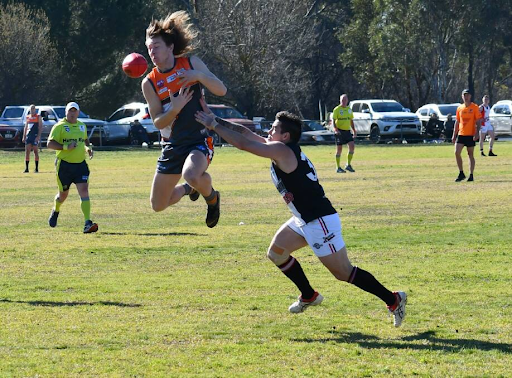Hume Football League
Last updated on May 20, 2024 at 07:23 am
Posted on May 20, 2024 at 07:23 am
The Hume Football League, established in 1933 with clubs like Jindera and Lavington, aimed to enhance football standards and address travel concerns. Over the years, new clubs joined, and proposals for restructuring in 2007 aimed to boost competitiveness. Challenges like team composition issues with clubs moving leagues have persisted, shaping the league’s trajectory. With mergers and expansions, the league has showcased a dynamic history. Presently, teams like Osborne and Holbrook compete under the McIntyre system, with grand finals held at Walbundrie Showground. This rich football history unfolds a tale of growth, challenges, and evolution.
Formation and Founding Clubs
The establishment of the Hume Football League in 1933 marked a significant milestone in southern Riverina’s football history. Founding clubs like Jindera, Lavington, Gerogery, and Border United came together to address travel concerns and shape the league’s foundation.
These clubs played a pivotal role in establishing a platform for local football competition, providing the community with a structured and competitive sporting outlet. By forming this league, these founding clubs aimed to improve the standard of football in the region and foster a sense of camaraderie and sportsmanship among players and supporters.
The coming together of these clubs laid the groundwork for what would evolve into a storied and dynamic football league in the years to come.
Expansion and Club Changes
Following the establishment of the Hume Football League in 1933 by founding clubs like Jindera, Lavington, Gerogery, and Border United, the league has undergone significant transformations through expansions and club changes.
Expansion Efforts:
New clubs such as Wagga Road, Bethanga, Walla Walla, and Burrumbuttock joined the league, enriching its diversity.
Proposals for restructuring in 2007 aimed to enhance the league’s competitiveness through strategic adjustments.
Teams from neighboring leagues bolstered the league’s strength when they joined in 2008.
Club Changes:
Mergers like the Brocklesby Burrumbuttock Football Club and Rand Walbundrie Football Club in 2006 altered the league’s landscape.
Shifts in team compositions, with clubs like Rennie and Coleambally moving to other leagues in 2009 and 2011, respectively.
The merger of Walla Hoppers and Rand-Walbundrie Tigers in 2016 further shaped the league’s dynamic structure.
Instability and Challenges Faced
Amidst the evolution and growth of the Hume Football League, persistent challenges and inherent instability have posed significant hurdles for sustaining the league’s operations over the years.
The league faced instability as clubs transferred between local leagues, leading to difficulties in maintaining a consistent team composition. The dissolving of the Central Hume Football Association in 1935 further added to the league’s challenges.
Despite these obstacles, clubs like Gerogery, Jindera, and Border United played vital roles in upholding the league’s operations. The fluctuating nature of clubs forming, disbanding, or switching leagues has been a recurring theme, highlighting the ongoing struggle to establish long-term stability within the Hume Football League.
League Growth and Restructuring
In light of the league’s continuous evolution and the need for strategic adaptation, discussions surrounding the growth and restructuring of the Hume Football League have gained prominence in recent years. The following factors have influenced the league’s development:
Expansion Initiatives: Efforts to attract teams from neighboring leagues have been pivotal in broadening the league’s reach and competitiveness.
Mergers and Acquisitions: Consolidations like the Walla Hoppers and Rand-Walbundrie Tigers merger in 2016 have redefined team compositions and dynamics.
League Restructuring Proposals: Considerations for restructuring in 2007 indicate a proactive approach to enhance the league’s sustainability and appeal to a wider audience.
Current Structure and Competitive Dynamics
With the league’s history of growth, mergers, and strategic adaptations, the current structure of the Hume Football League showcases a dynamic landscape of competitive dynamics and team compositions.
The league currently operates using the McIntyre system for the final series spread across four weekends, with grand finals traditionally held at the Walbundrie Showground. In the 2023 Finals Series, teams like Osborne, Holbrook, Brock-Burrum Saints, and CDHBU competed, highlighting the league’s competitiveness.
Over the years, various team histories, mergers, and relocations have shaped the league’s rich tapestry, reflecting a blend of tradition and evolution.
The inclusion of teams from neighboring leagues, as well as mergers like Walla Hoppers and Rand-Walbundrie Tigers in 2016, further exemplify the league’s dynamic and ever-changing nature.

